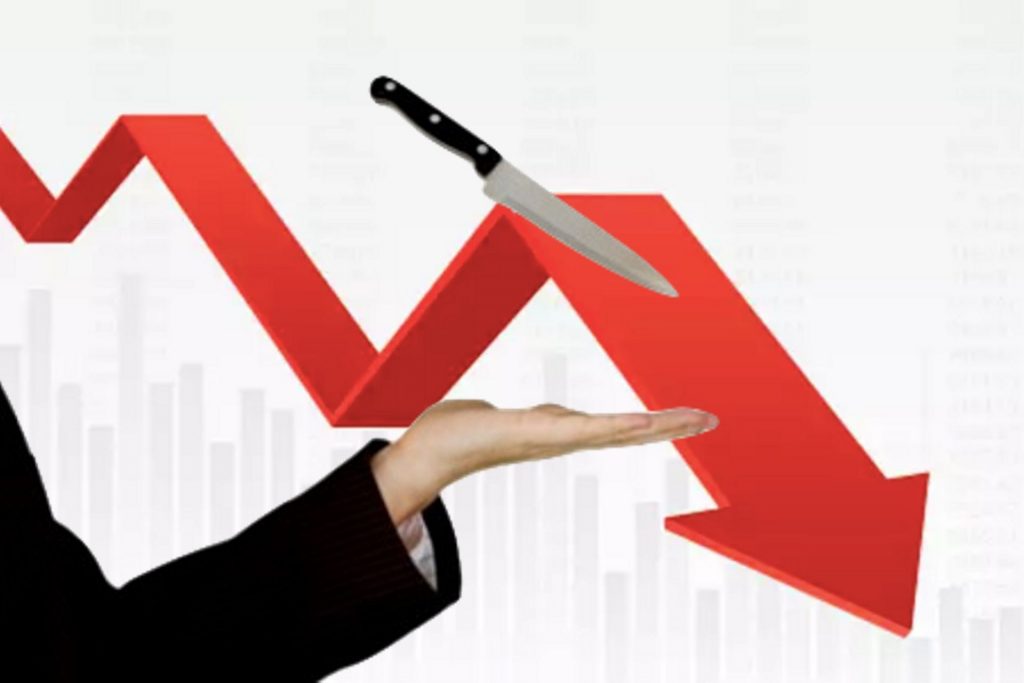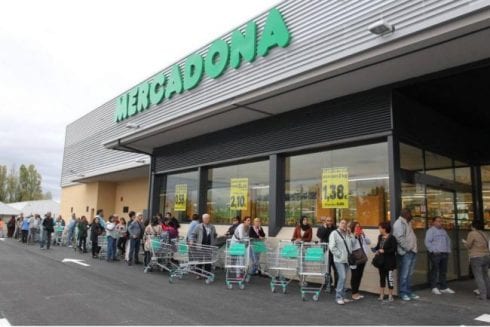By Jonathan Holdaway
AS I sit down to write this piece after the weekend, world equity markets are in freefall off the back of the oil price drop and continued concern over the impact of Covid-19.
The number of new cases reported outside of China each day continues to rise and, to make matters worse, Saudi Arabia fired the first shot in an oil price war – although as if to confirm the extreme volatility, the FTSE is bouncing by nearly +3%!
The coronavirus pandemic, as it has now been declared by the World Health Organisation, is still our main concern. It’s impossible for anyone to predict its course and there is an absence of conviction among medical experts, let alone investment professionals.
We view the financial implications in terms of three broad scenarios: (i) Covid-19 and the associated disruption could be on the cusp of dissipating rapidly; (ii) it could continue to worsen into the second quarter, greatly disrupting profits before the world gets back to normal in the second half of the year; (iii) it may continue for longer with lasting economic effects into 2021.
As financial markets are probability-weighting machines, we use a simple valuation framework to help us assess our three scenarios. These scenarios give us a best case, a worst case and something in the middle, so we can model the effects on equity prices, weight them by probability and add them together to compare this probability-weighted price to today’s actual price.
Assigning an equal possibility to all three suggests that equity markets, as of the end of last week, were trading where they should – somewhere in the middle of the two extremes. We assign an equal weight to all three of these scenarios because it is the mathematical expression of ‘we don’t know’. This exercise suggests that staying invested with a preference for more defensive factors within equity allocations makes sense.

China’s oppressive coping strategy really does seem to have beaten the virus. Daily new cases have slowed to a trickle and for the last two weeks between 88% and 100% of new cases have been in Hubei province, where it all began. The mortality rate is starting to level off, the severity rate has plunged and the recovery rate has surged to 90% outside of Hubei (it’s 67% across China as a whole). However the daily change in new cases outside of China is rising.
We focus on this metric, because during the 2003 SARS outbreak the peak in new cases coincided with the trough in equities and other risk assets. This also bore out early last month when new Chinese cases peaked, and markets thought we weren’t going to see epidemics in other countries.
South Korea and Italy are of more immediate concern as, like China, they are supply chain linchpins. It’s possible that the daily changes in new cases in Korea has peaked but it is too early to say for sure. Looking at the percentage changes, Korea seems to be following the Chinese roadmap, even without the draconian lockdown, which is good news for now. But, again, we don’t know how it will develop from here.
In the last few days new cases in the UK , Spain, France and Germany have started to rise, and there is a risk that as virulence peaks in one country it springs up in another, preventing a market recovery for some time.
Stock market corrections greater than 15% are very rare outside of recession so, as ever, it’s the risk of a US and global recession that we need to monitor most closely. Last week’s falls in equity markets invited comparisons to October 2008 but it is important to remember that the US had already been in recession for 10 months back then. Today, the world is very much NOT in recession, while the probability of the US falling into recession in the next 12 months was negligible before Covid-19 struck, according to our analysis.
Staff lay-offs from airline companies have joined recent announcements by some financial services companies such as HSBC
In January the global manufacturing PMI, a much-watched measure of business confidence, had returned to a nine-month high. Another important difference is that policymakers are on the front foot. Central banks are cutting rates and not because they mistakenly set them too high to begin with. The Bank of England’s agents are coordinating liquidity with commercial banks to ensure that China-facing firms do not run into working capital problems and the finance ministers of the world’s major economies are already discussing a co-ordinated fiscal policy response.
The threat to economic growth from Covid-19 or government reactions to it comes via three main channels: 1. tourism, 2. the supply chain, 3. sentiment.
Many Chinese tourists have stopped departing from China and they make up more than 25% of all tourist arrivals in Hong Kong, Japan, South Korea, Vietnam and Thailand, so these countries are particularly vulnerable to this channel.
The supply chain is the bigger threat. That said, the PMI surveys conducted in mid-February – before the outbreak in Italy and Korea but when Chinese factories were still in mothballs – didn’t report much of an increase in supplier delivery times. In fact, in the US, they were actually improving!
Anecdotally, Chinese factories are springing back to life, but some of the daily data disputes this. Coal consumption by the six major Chinese power suppliers is still 35% below where we would expect it to be at this time of year; Baidu’s tracking data suggests many workers have not returned to the industrial cities from their rural New Year family get-togethers. Data from the service sector (the largest sector of the Chinese economy at around 45% of gross value added) looks better: property sales in Beijing were down 95% year-on-year in mid-February but in early March they were higher (i.e. missed activity is being recouped). Expressway traffic is also back to within a few percent of last year’s norm. That said, there are also anecdotal reports of empty shopping malls: people are returning to work but not, perhaps, to their usual consumption habits.
South Korean and Italian disruption adds to supply chain pressure. Italy puts huge pressure on the European automotive ecosystem, which has plants in the quarantined zones. A 10-day shutdown of FCA, Renault, BMW and Peugeot’s plants would shave off 0.6% from Eurozone industrial production, according to Oxford Economics.

As it stands, sentiment is the greater threat. Declining sentiment not only derails consumption and investment directly but can tighten financial conditions, which could lead to weaker firms going bankrupt. Central bank action is designed to support sentiment (of course, it can’t do anything to help immediate supply chain dislocation). While last week’s surprise 0.5% cut from the Federal Reserve was not met with much applause from equity markets, it is important to note that financial conditions haven’t tightened by that much – they tightened far more in the 2015/16 growth scare – and are still looser today than they were a year ago.
Of course, if Covid-19 causes a contraction in profits that lasts for more than two quarters, some weak companies may start to become insolvent but debt servicing costs are very affordable.
In short, we see little evidence that a Covid-19-induced recession would trigger a financial crisis. Especially when we consider that monetary policy is currently set so loosely – most recessions, and especially financial crises, are triggered by a monetary policy mistake.
There is also some growing concern about rising unemployment. Staff lay-offs from airline companies have joined recent announcements by some financial services companies such as HSBC. We are monitoring the situation closely but will only react if this appears to be spreading to firms that aren’t suffering profound structural problems. So far, there is no evidence that the Covid-19 has produced significant layoffs in aggregate. US jobless claims increased by 3,000 to 216,000 last week but this is still below 2019’s average of 216,500.
Given the extreme skills shortages registered by many hiring surveys across the world, firms might actually hoard labour as they worry about their ability to re-recruit staff if the Covid-19 disruption proves to be relatively short-lived.
We’ll continue to monitor the situation with a particular focus on consumer confidence, credit markets, leading indicators of recession and the spread of Covid-19. As things stand, we are still of the view that there will be a recovery in the second half of 2020 and we intend to hold onto equity positions through this period. For those investors with overweight cash, now could prove to be a sensible time to increase their allocation to equities.
I will keep you updated with developments but please do get in touch if you would like to talk through your own situation in more detail.
Remember, don’t constantly check their account – you’re not investing for three weeks but for long term growth. Don’t try and catch a falling knife, it never ends well and be assured it’s not different this time – world events are unique and that’s why they can be scary as markets find their comfort level.
If all else fails, just buy toilet roll for resale!











